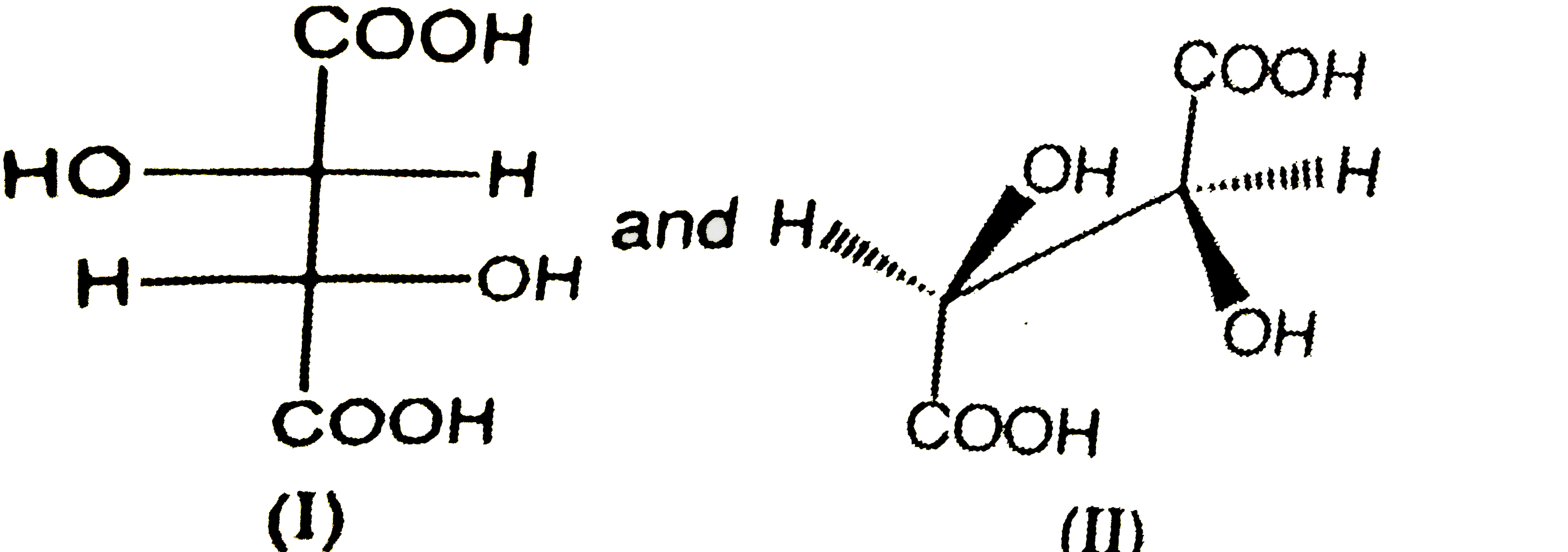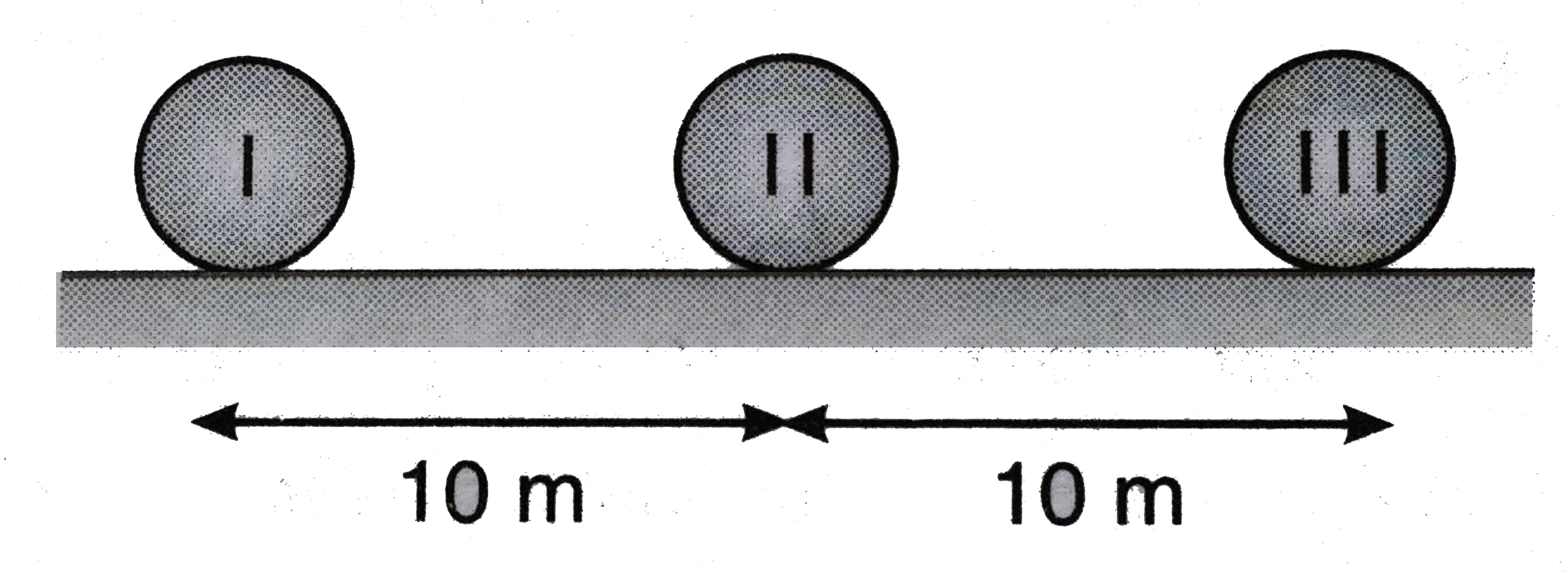 (i) Total number of tractions on fractional distillation of I, II and III. (ii) Optical active compounds.
(i) Total number of tractions on fractional distillation of I, II and III. (ii) Optical active compounds.
(iii) Relation between I and II. (iv) Relation between I and II.
The correct Answer is:(i) Mixture of I, II and III give two fraction on fractional distillation.
(ii) I, II and III all are optically active
(ii) I and II are pair of enantiomers
(iv) I and III are optical diastereomer. 1
Step by step video & image solution for (i) Total number of tractions on fractional distillation of I, II and III. (ii) Optical active compounds. (iii) Relation between I and II. (iv) Relation between I and II. by Chemistry experts to help you in doubts & scoring excellent marks in Class 12 exams.
Updated on:21/07/2023Topper's Solved these Questions
- STEREOISOMERISMBOOK - RESONANCE ENGLISHCHAPTER - STEREOISOMERISMEXERCISE - EXERCISE (PART 1 SECTION (G))
4 Videos
- STEREOISOMERISMBOOK - RESONANCE ENGLISHCHAPTER - STEREOISOMERISMEXERCISE - EXERCISE (PART 1 SECTION (H))
2 Videos
- STEREOISOMERISMBOOK - RESONANCE ENGLISHCHAPTER - STEREOISOMERISMEXERCISE - EXERCISE (PART 1 SECTION (E))
2 Videos
- SOLUTIONSBOOK - RESONANCE ENGLISHCHAPTER - SOLUTIONSEXERCISE - Advabced Level Problems (PART-2)
35 Videos
- STRUCTURAL IDENTIFICATIONBOOK - RESONANCE ENGLISHCHAPTER - STRUCTURAL IDENTIFICATIONEXERCISE - Advanced level Problems (Part-III)
12 Videos
Similar Questions
Find out relation between I and II :

View Solution
The basicity order of I, II and III is
View SolutionThe correct relation between compound(s) I and II is/are

View SolutionSelect the option correctly identifies I, II,III and IV.

View SolutionIncorrect match between column-I, II and III

View SolutionThe two compounds (I) and (II) are related as :

View SolutionFrom the given figure of facilitated diffusion identify I,II,III and IV

View SolutionWrite down the relation for an adiabatic process in terms of (i) P and V (ii) T and V and (iii) P and T.
View SolutionThree identical balls, ball I, ball II and ball III are placed on a smooth floor on a straight line at the separation of 10m between balls as shown in figure. Initially balls are stationary. But I is given velocity of 10m/s towards ball II, collision between balls I and II is inelastic with coefficient of restitution 0.5 but collision between balls II and III is perfectly elastic. What is the time interval between two consecutive collisions between ball I and II?

View SolutionThree identical balls, ball I, ball II and ball III are placed on a smooth floor on a straight line at the separation of 10m between balls as shown in figure. Initially balls are stationary. But I is given velocity of 10m/s towards ball II, collision between balls I and II is inelastic with coefficient of restitution 0.5 but collision between balls II and III is perfectly elastic. What is the time interval between two consecutive collisions between ball I and II?

View Solution
